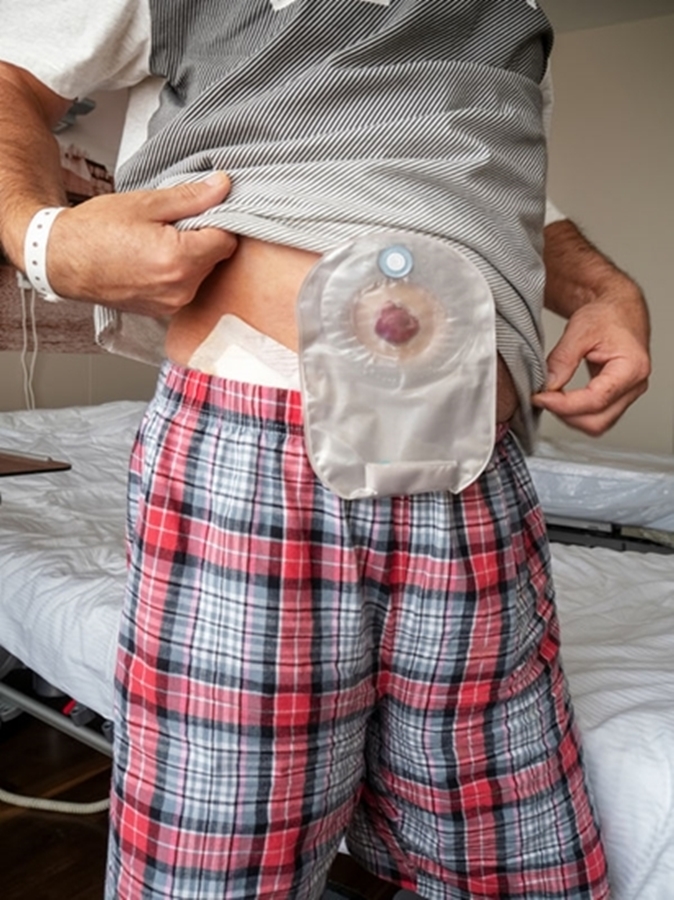Types of Ostomies
When many people hear “ostomy,” they immediately think of colostomy. However, there are many types of ostomies, besides a colostomy, that a caregiver might encounter. An ostomy is any surgical opening created to connect an internal organ to the outside of the body. Most function to eliminate bodily waste, but a few serve to take in nutrition.
The most common ostomies include:
- Colostomy – Created by bringing part of the large intestine (the colon) to the abdomen’s surface. The external stoma sits on the left side of the stomach. The waste products from the body exit through the stoma into the pouch in a solid-state. Some colostomies are of the double-barrel variety, meaning they have two stomas. The second stoma drains mucus most of the time and may only need a covering rather than a pouch or bag once it heals.
- Ileostomy – Digestive complications related to the small intestine may require the creation of an ileostomy. In creating an ileostomy, the ileum of the small intestine connects to the outside abdomen. As a result, the stoma appears on the right side of the body. Since the small intestine produces many digestive enzymes to break down food, the discharge into the pouch is liquid or semi-liquid and can irritate the skin. Caregivers need to work with an ostomy nurse to achieve a good fit for an ostomy appliance and identify the best products for preventing skin irritation or corrosion from the stomach acids.
- Urostomy (ileal conduit) – With bladder removal or significant impairment, ureters are detached from the bladder on one end and attached to the “back portion” of the ileum that is sewn shut. The stoma appears on the right-hand side at the other end of the ileum. Urine and mucous empty into the pouch used as a collection device. Both are very irritating to the skin — a separate neobladder stores urine as needed for access.
- Nephrostomy: A nephrostomy eliminates a blockage preventing the flow of urine from the kidney out of the body. The surgical opening allows the urine to drain through a tube (Nephrostomy tube) into a pouch.
- Cecostomy: When regular bowel irrigations are necessary, a cecostomy may be helpful. A cecostomy allows the caregiver to perform colon irrigation using a tube inserted directly into the cecostomy like an enema.
- Gastrostomy: An opening created through the skin into the stomach. The tube allows venting, drainage, or inserting a feeding tube directly into the stomach for nutritional support.
- Jejunostomy: An opening created through the skin into the jejunum (part of the small intestine) for use as a feeding tube or bypass during bowel resection.
- Cholecystojejunostomy (Partial External Biliary Diversion): This surgery involves connecting a small piece of the intestine between the gallbladder and the abdominal wall. The surgeon makes a small hole in the gallbladder and attaches one end of the intestine to that opening. The other end of the intestine is attached to a hole in the abdominal wall to create a stoma.
Reference: United Ostomy Associations of America.
New ostomy patients should check out their website and get a copy of their New Ostomy Patient Guide. It has lots of great information you will find useful.

